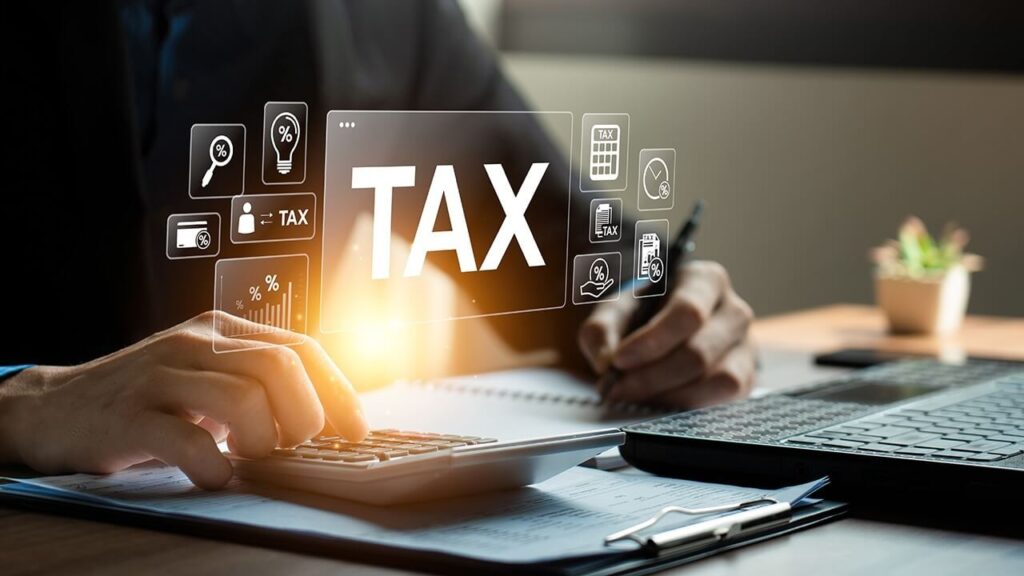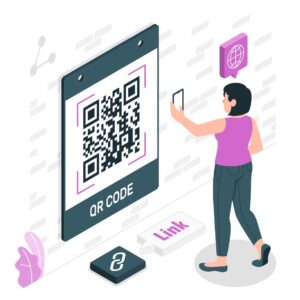Why UK Creatives Need Proper Tax Registration
If you’re a freelance artist, graphic designer, or social media specialist working in the UK, understanding your tax obligations isn’t optional, it’s essential for building a sustainable creative practice. The UK tax system has evolved significantly with Making Tax Digital (MTD), and getting your registration right from the beginning saves headaches later.
The UK offers straightforward pathways for self-employed creatives. Whether you’re just starting out or transitioning from employment to freelance work, proper tax registration protects your income and keeps HMRC satisfied.
Understanding Making Tax Digital for Creatives
Making Tax Digital represents HMRC’s push toward digital record-keeping and submission. For self-employed artists and designers, MTD means:
- Keeping digital records of your income and expenses
- Using compatible software to track your finances
- Submitting tax information through approved digital channels
- Meeting quarterly update requirements for VAT (if registered)
Making Tax Digital isn’t just bureaucracy—it actually helps creatives maintain better financial oversight of their practice. Digital records make it easier to track which clients have paid, what equipment you’ve purchased, and whether your side hustle is genuinely profitable.
What Self-Employed Creatives Must Register For
Self-Assessment for Income Tax
Most freelance artists, designers, and SMM professionals operate as sole traders. You need to register for Self-Assessment with HMRC once you’re earning from your creative work. This applies even if you’re still doing freelance work alongside employment.
Registration should happen by October 5th following the tax year when you started trading. Miss this deadline and penalties accumulate quickly.
VAT Registration
If your creative services bring in more than the VAT threshold annually, VAT registration becomes mandatory. Many designers register voluntarily below this threshold to reclaim VAT on expensive equipment like cameras, computers, or software subscriptions.
With Making Tax Digital for VAT already mandatory for most businesses, you’ll need MTD-compatible software from day one of registration.
National Insurance
Self-employed creatives pay Class 2 and Class 4 National Insurance. These are typically calculated through your Self-Assessment return, though Class 2 has a small weekly amount that many people pay through direct debit.
Setting Up for Making Tax Digital Compliance
Compliance with MTD requirements doesn’t need to be complicated for creative professionals:
Choose MTD-compatible software. Many affordable options exist specifically for freelancers. Look for platforms that let you photograph receipts, categorize expenses by project, and track income streams separately.
Digitize from the start. Keep all invoices, receipts for art supplies, equipment purchases, and business mileage in digital format. Cloud storage means you’ll never lose a crucial receipt again.
Separate business and personal finances. Open a dedicated business account. It makes MTD record-keeping infinitely simpler and looks more professional to clients.
Learn basic categorization. Understanding which expenses are allowable (software subscriptions, portfolio website hosting, professional development courses) versus which aren’t (that coffee you had while working doesn’t count unless it’s a legitimate client meeting) saves time and audit risk.
Getting Professional Support
Many creative professionals feel overwhelmed by tax jargon and Making Tax Digital requirements. You’re brilliant at design or creating content—you don’t need to become a tax expert too.
Professional services exist specifically to help self-employed creatives navigate UK tax registration and MTD compliance. Firms like Audit Consulting Group offer specialized support that goes beyond simple form-filling.
Their Making Tax Digital services help freelancers understand:
- Which software works best for creative businesses
- How to structure your finances for maximum tax efficiency
- When and how to submit digital records
- What expenses you can legitimately claim
This expertise is particularly valuable for creatives juggling multiple income streams—perhaps you do client design work, sell prints online, and run occasional workshops. Each revenue stream has different tax implications.
Common Mistakes Creative Freelancers Make
Delaying registration. Start the process early. Don’t wait until you’ve made thousands before registering for Self-Assessment.
Ignoring small expenses. Those £3 design asset purchases add up. Making Tax Digital makes it easier to track these, so use that advantage.
Missing deadlines. Self-Assessment deadlines are non-negotiable. Late submission means automatic penalties, regardless of whether you owe tax.
Inadequate record-keeping. MTD has raised the bar for what constitutes acceptable records. Screenshots and digital copies are your friends.
Building a Sustainable Creative Practice
Proper tax registration and Making Tax Digital compliance aren’t just about avoiding penalties—they’re about building a professional foundation for your creative career. When your tax affairs are organized, you can focus on what matters: creating brilliant work and growing your client base.
The UK system is designed to accommodate self-employed creatives. With the right setup and potentially some professional guidance, Making Tax Digital becomes a tool for better business management rather than an administrative burden.
















0 Comments on "UK Tax Registration for Freelance Creatives: Your MTD Guide"
Would you like to share your thoughts?
Your email address will not be published. Required fields are marked *